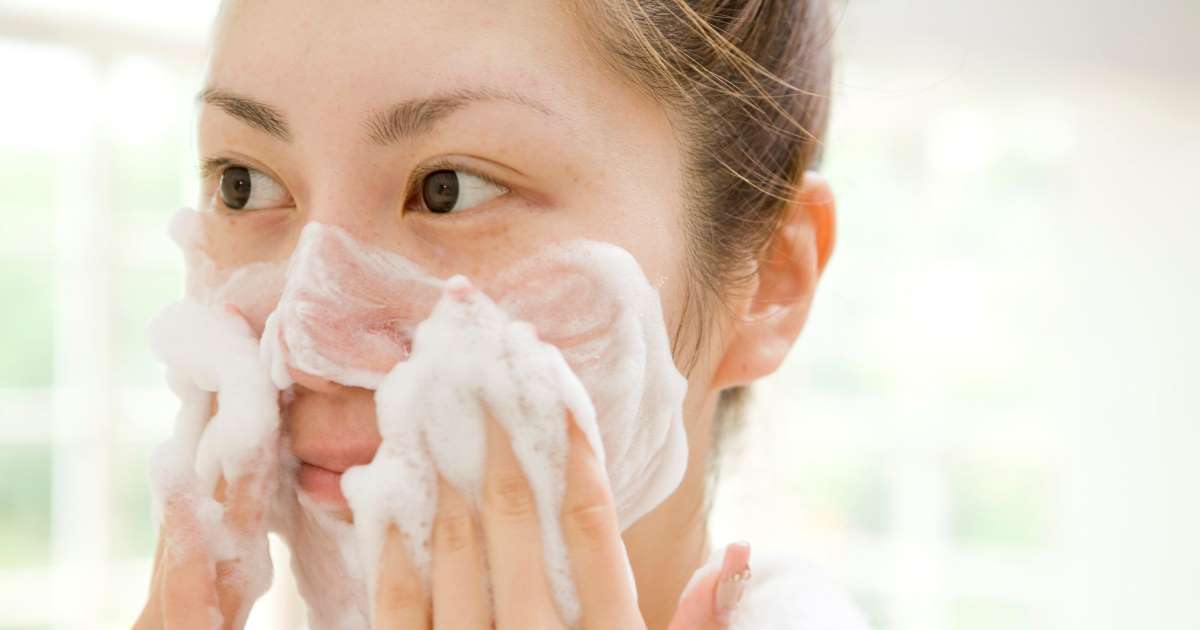Risk Factors And Causes Of Dermatitis Neglecta
Dermatitis neglecta is a skin condition due to too much sebum (otherwise known as oil), corneocytes, and sweat to gather on the skin. This eventually causes the skin to develop a hyperpigmented patch or a plaque. The skin is a necessary part of overall health for an individual and it is necessary to take care of it properly. The skin needs to be cleansed of grease and germs. It also needs to be exfoliated consistently to get rid of the dead skin cells that build up on the top layer of the skin. It is a treatable condition. For many, simply adding proper hygiene to the routine will alleviate symptoms and clear up the skin. Some need to purchase over the counter products to help the skin get rid of the dead skin cells.
Learn more details about the risk factors and causes associated with dermatitis neglecta now.
Oil and Sweat

The skin produces an oily substance called sebum secreted by the sebaceous glands. It is supposed to help the skin stay healthy by providing moisture to the hair and skin. It is made of fatty acids, squalene, cholesterol and wax esters, which help keep the skin healthy. It also protects the skin by keeping it moisturized and flexible and acts as a barrier to keep fungus and bacterial infections from penetrating the skin. However, when too much sebum collects on the surface of the skin and is combined with sweat or oil, it can lead to dermatitis neglecta. An easy way to remove oil and sweat from the surface of the skin is to use soap and a dry brush. Oil cleansing also dissolves excess sebum on the skin if traditional cleansers irritate the skin. Oil cleansing can also clean out clogged pores and remove dead skin cells. If patients are concerned the treatment is not working, they should see a dermatologist for further treatment.
Uncover more information on the risk factors and causes linked to dermatitis neglecta now.
Bacteria And Dirt

Bacteria can also gather on the skin if an individual does not cleanse properly. Though there are naturally bacteria on the skin, improper cleansing can cause the bacteria to build up too much. This can lead to a variety of skin conditions including dermatitis neglecta. The bacteria and dirt on the skin lead to inflammation on the skin if it isn’t removed. However, there are good bacteria that help the skin stay healthy. It naturally hosts more than five hundred different species of bacteria called skin microbiota that help the skin function as a part of the immune system. They can protect hyper-responsive skin by helping it maintain balance. The bacteria stimulate the immune system by activating a physiological response that regulates the biofilm on the skin. It is supposed to help prevent harmful bacteria from penetrating the skin. However, when the biofilm builds up on the surface layer of the skin, it can turn into dermatitis neglecta.
Get more details on the causes and risk factors of dermatitis neglecta now.
Corneocytes

Corneocytes are a natural part of the skin barrier that helps renew the epidermal layers. They help keep the skin strong by providing strength to the skin cells helping the skin work as a chemical, physical, and immunological barrier. Corneocytes can even help protect the skin from sun damage. It is essentially dead skin cells that protect the skin. They are not often damaged through viruses. They can also help the skin stay flexible and hydrated because they can absorb water and store it to keep the skin from drying out. The cell turnover is supposed to be every two to four weeks. However, when individuals do not remove it from the surface layer of the skin through exfoliation, they build too many layers on the skin. This eventually causes dermatitis neglecta.
Discover additional risk factors and causes of dermatitis neglecta now.
Sensitive Skin

Sensitive skin can put individuals at risk of developing dermatitis neglecta. Dermatologists identify this skin condition when the skin reacts to things by eroding the skin, creating bumps or pustules. They also identify it when the skin is too dry, causing the nerve endings to be improperly protected. If individuals notice their skin becomes red easily, they might have sensitive skin. It is often reactive to a variety of ingredients and causes patients to develop rosacea or dermatitis neglecta. Dry patches can also be a symptom of sensitivity because the skin can’t effectively keep hydrated. Flaking causes the dryness to persist. Itchiness might also be a sign of sensitivity.
Keep reading for more complete details on the risk factors associated with the development of dermatitis neglecta now.
Chronic Disability

Chronic disability also increases the chance patients will develop dermatitis neglecta on their skin. Individuals who have conditions that prevent them from washing their body regularly are more at risk for developing dermatitis neglecta. Mental health disabilities can also increase the risk because they are not able to reach parts of the body. Individuals with a chronic disability should ensure they have proper self-care by hiring a caregiver if they are unable to wash properly. They need to ensure they are washing all areas of their skin to prevent dermatitis neglecta from developing. It is also important to use cleansers without harsh chemicals or fragrances. Clearing dermatitis neglecta from the skin can take several months after diagnosis, though it is easy to treat. If patches begin to bleed or ooze, patients should talk to a dermatologist to treat the infection. Proper diagnosis form a dermatologist is vital because many individuals often mistake it for other skin conditions like seborrheic dermatitis or psoriasis.